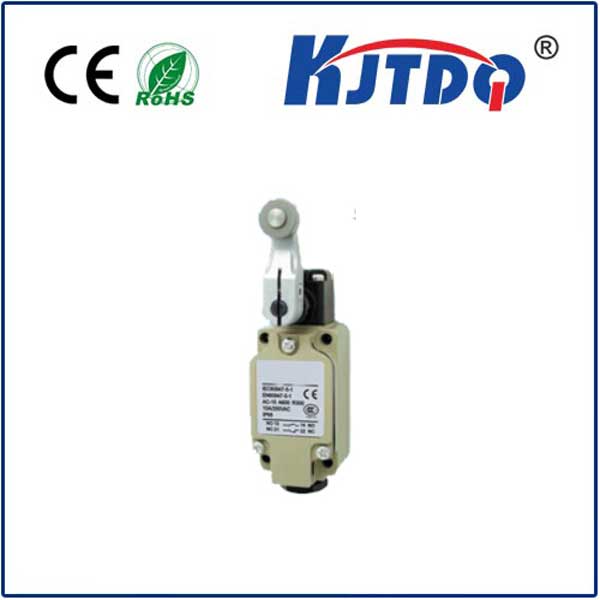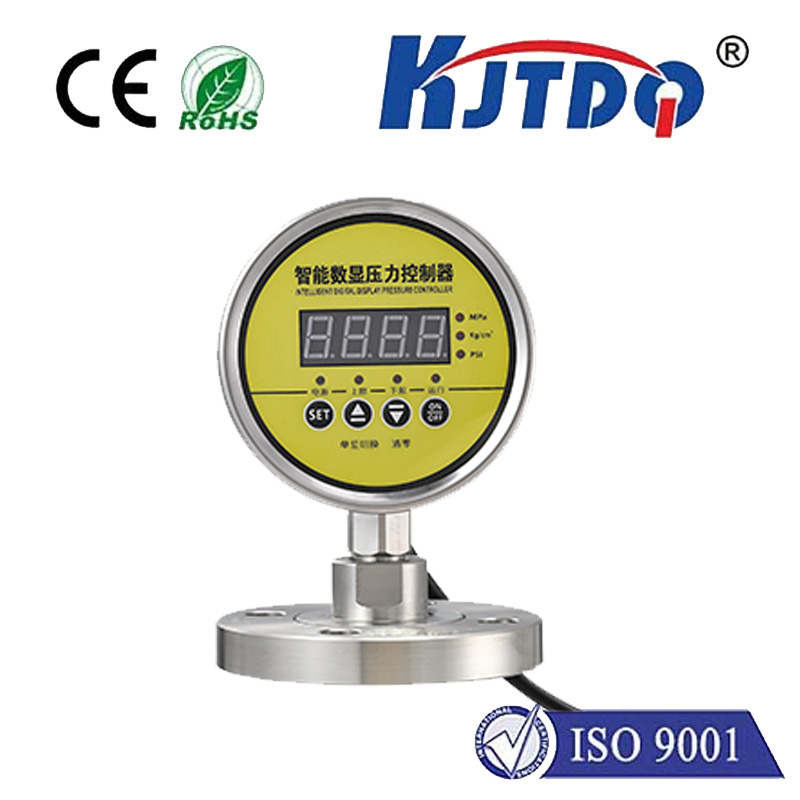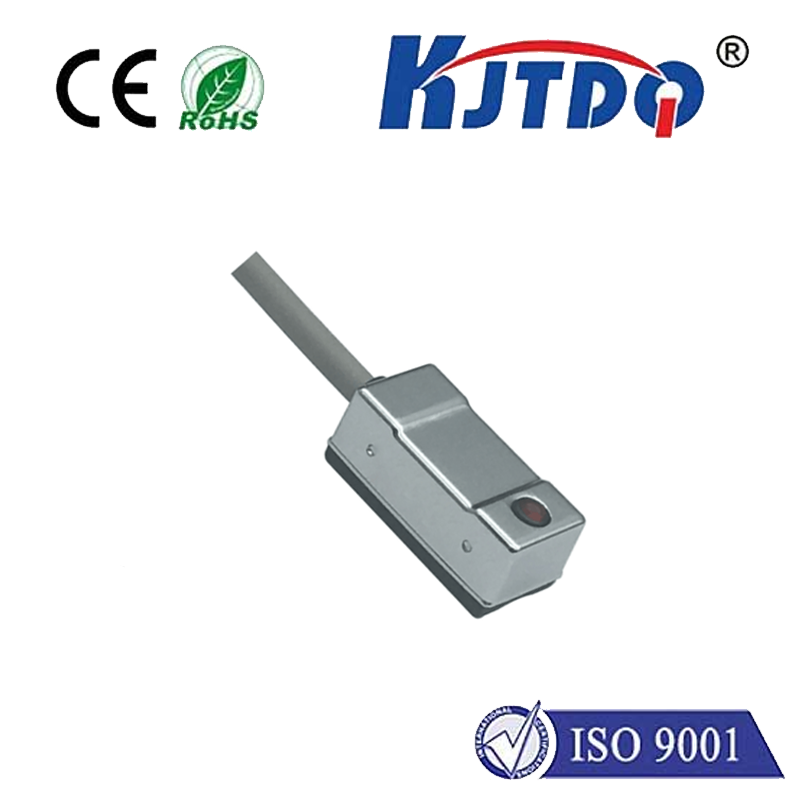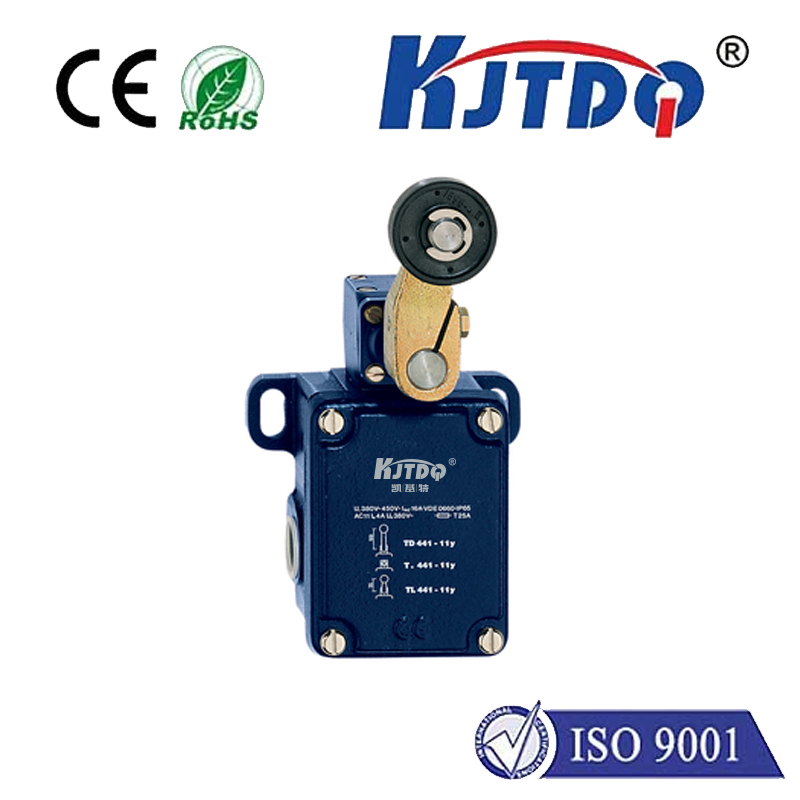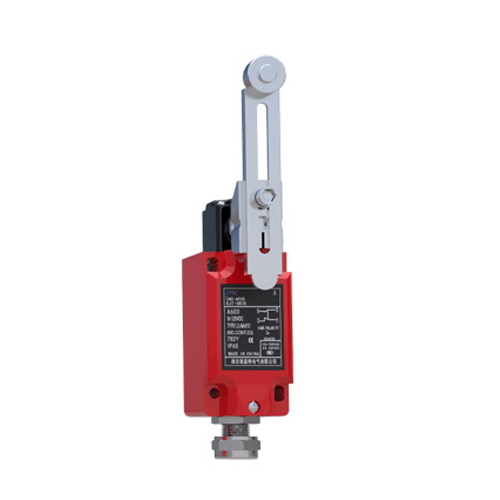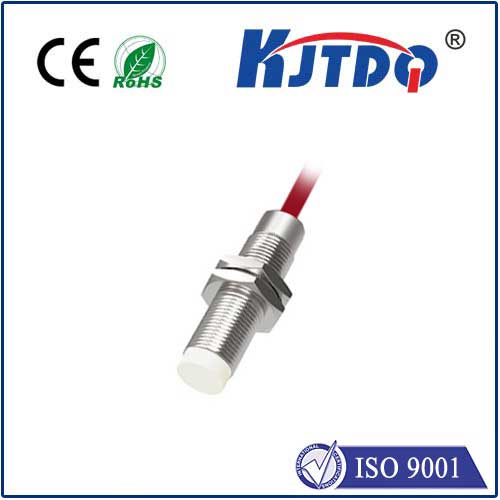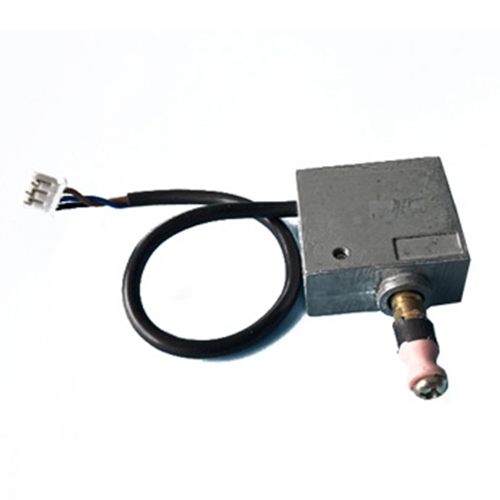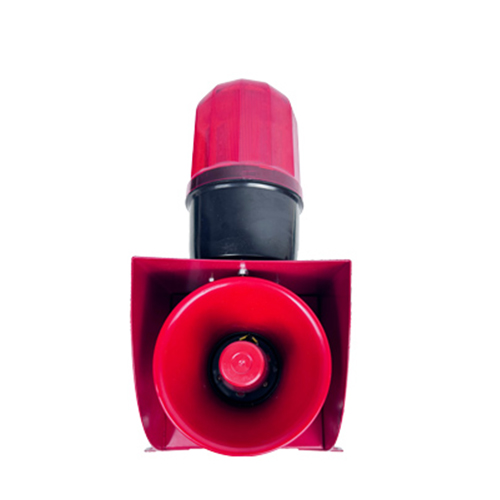BI2-M12-RDZ31X proximity sensor
- time:2025-09-22 09:30:05
- Нажмите:0
The BI2-M12-RDZ31X Proximity Sensor: Precision Detection for Industrial Automation
Imagine a robotic arm seamlessly assembling components on a high-speed production line. Or picture a conveyor system reliably counting items without physical contact. The magic enabling such precision and reliability often lies in a small, unassuming component: the индукционный датчик приближения. And within this crucial category, the BI2-M12-RDZ31X stands out as a workhorse in countless industrial settings. This article delves into its capabilities, applications, and why it’s a cornerstone of modern automation.
Understanding the Proximity Sensor Powerhouse
At its core, the BI2-M12-RDZ31X is an индукционный датчик приближения. But what does that truly mean? Unlike mechanical switches that require physical touch, inductive sensors detect the presence or absence of metallic targets entirely without contact. They achieve this feat through electromagnetic fields.
- The Core Principle: Inside the sensor’s housing lies a coil fed by an oscillating current. This generates a high-frequency electromagnetic field radiating from the active sensing face.
- Detection Mechanism: When a ferrous or non-ferrous metal target enters this field, it induces small electrical currents (eddy currents) within the metal itself. This eddy current formation absorbs energy from the sensor’s oscillating circuit.
- Signal Output: The sensor’s internal electronics continuously monitor the state of this oscillator. The energy loss caused by the eddy currents dampens the oscillation. The sensor detects this change in amplitude (or frequency, depending on design) and triggers a solid-state electronic switch – its выходной сигнал.
This non-contact principle translates into significant advantages: exceptional reliability (no moving parts to wear out), long operational lifespan, high switching speeds suitable for fast processes, and immunity to dirt, dust, oil, and moisture – making them perfect for harsh industrial environments.

Decoding the BI2-M12-RDZ31X: Features & Specifications
The model name itself offers valuable clues about the sensor’s characteristics:
- BI2: Typically denotes a standard, cylindrical threaded barrel housing design.
- M12: Signifies the thread size (12mm diameter) and the common industry-standard metric thread used for mounting and often for the connection (plug style). This compact size allows for easy integration into tight spaces.
- RDZ31X: This is the manufacturer-specific product code (commonly associated with brands like Autonics or similar). The ‘X’ often indicates variations in output type (NPN/PNP), connection style (cable/connector), or sensing distance specifications. Always consult the exact datasheet for the specific variant.
Key technical specifications generally associated with this sensor type include:
- Sensing Distance: Typically around 4mm nominal for a standard target (e.g., Fe360 steel). This is the guaranteed operating distance under defined conditions. Factors like target material, size, and shape can influence the actual effective range.
- Output Type: The ‘X’ in RDZ31X usually means the sensor comes in various output configurations. Common options are:
- NPN Normally Open (NO): Outputs negative (0V) when the target is detected. Common in Asia and for sinking input PLCs.
- PNP Normally Open (NO): Outputs positive (+V) when the target is detected. Common in Europe and for sourcing input PLCs.
- Operating Voltage: A wide range is typical, often 10-30V DC, making it compatible with common industrial control voltages.
- Output Current: Sufficient for driving standard PLC inputs or small relays, often rated around 200 мА or similar.
- Switching Frequency/Hysteresis: Capable of high-speed detection (often hundreds of Hz or higher) with built-in hysteresis to prevent signal oscillation near the sensing point.
- Housing Material: Typically nickel-plated brass or stainless steel, offering good mechanical strength and corrosion resistance.
- Protection Rating: Frequently rated МП67 or higher, indicating excellent resistance to dust ingress and temporary immersion in water, crucial for washdown areas or dirty environments.
- Indicator LED: Usually features a built-in LED that visually signals power and output status (detection), aiding immensely in installation, commissioning, and troubleshooting.
Where the BI2-M12-RDZ31X Excels: Core Applications
This sensor’s robustness, reliability, and standardized form factor make it an indispensable component across diverse industrial sectors:
- Position Sensing & End-of-Travel Detection: Verifying if cylinders are fully extended or retracted, confirming parts are in the correct position within fixtures or machines before the next process step begins. Crucial for sequence control and safety interlocks.
- Object Detection & Counting: Detecting the presence/absence of metal parts on conveyors, in chutes, or on pallets. Enables automated counting, sorting, and process triggering. Essential for inventory control and production tracking.
- Speed Monitoring & Rotation Control: Sensing rotating machine parts (e.g., gears, sprockets, shafts with metal flags) to monitor RPM, detect overspeed/underspeed conditions, or control rotational positioning. Used in motors, gearboxes, and production machinery.
- Level Control: Detecting metal surfaces in tanks (e.g., float mechanisms) or monitoring the level of metal parts in bins or hoppers. Helps prevent overfills or runouts.
- Machine Safety: Acting as part of safety systems, like confirming guard doors are securely closed before machinery can operate (safety interlock). Contributes to operator protection.
- Automotive Manufacturing: Ubiquitous in assembly lines for part presence verification, robot guidance, weld nut detection, and door/hatch positioning control. Ensures precision and consistency.
- Packaging Machinery: Detecting metal components within packaging machines for control sequences, ensuring proper sealing, labeling, or case packing operations. Maintains high-speed operation.
- Перевозка материалов: Used extensively on conveyors, automated guided vehicles (AGVs), and robotic arms for part detection and position feedback. Enables smooth automation flow.
Selecting and Implementing Effectively
Choosing the right BI2-M12-RDZ31X variant and installing it correctly are paramount for optimal performance:
- Confirm Output Type (NPN/PNP): This must match the input requirements of your PLC, counter, or controller. Mismatched types will not function.
- Verify Connection Style: Does your application require a flying lead (cable) or a quick-disconnect connector (e.g., M12 plug)? RDZ31X variants exist for both.
- Consider Sensing Distance: Ensure the nominal 4mm distance is sufficient for your target and mounting constraints. Factor in potential variations due to target material. Shielded sensors (like the BI2 form factor) have flush-mounting capability.
- Installation: Mount the sensor securely using its M12 thread. Ensure the target approaches the sensing face perpendicularly within the specified operating zone. Maintain adequate clearance from other metal objects surrounding the sensor to prevent interference (observe the manufacturer’s recommended installation distances).
- Wiring: Connect strictly according to the sensor’s datasheet wiring diagram. Pay close attention to the Brown (+V), Blue (0V), and Black (Output) wire assignments. Incorrect wiring is a common cause of failure.
The BI2-M12-RDZ31X proximity sensor exemplifies the reliable, high-performance sensing technology that underpins modern industrial automation. Its standardized M12 size, robust construction, proven inductive sensing principle, and versatility make it a default choice for countless engineers and technicians worldwide. Whether it’s ensuring a robot picks up the right part, counting components whizzing down a line, or confirming a safety gate is latched, this unassuming sensor


